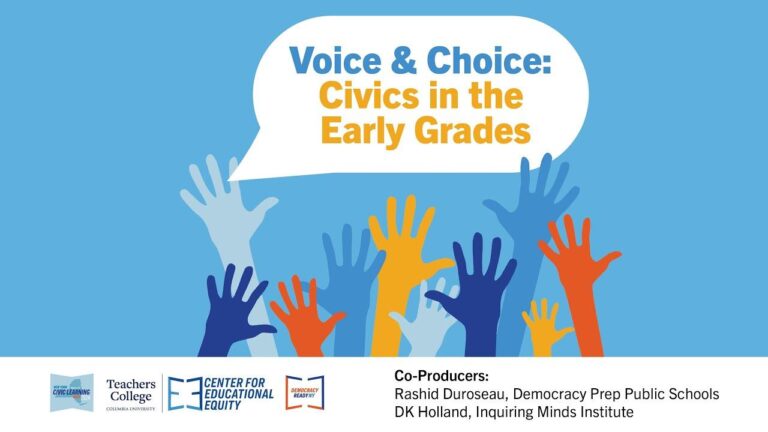Reevaluating Educational Equity: The Lasting Influence of Brown and Rodriguez on American Schools
Unveiling Systemic Inequities: Insights from Brown v. Board and Rodriguez Cases
The landmark Supreme Court rulings of Brown v. Board of Education (1954) and Rodriguez v. San Antonio Independent School District (1973) exposed deep-rooted disparities within the U.S. education system. Brown famously dismantled the legal foundation of racial segregation in public schools, yet it fell short of resolving the unequal distribution of educational resources. Rodriguez further illuminated the structural flaws in school financing, particularly the heavy dependence on local property taxes, which perpetuates funding imbalances that disproportionately disadvantage low-income and minority students.
These cases collectively highlight persistent challenges that continue to shape educational policy debates today, including:
- Dependence on Local Property Taxes: This funding model creates significant disparities between wealthy and impoverished districts.
- Ongoing Segregation: Despite legal prohibitions, many schools remain segregated due to residential patterns and district boundaries.
- Unequal Access to Quality Resources: Variations in teacher expertise, curricular breadth, and facility conditions remain widespread.
| Issue | Consequences | Continuing Challenges |
|---|---|---|
| Funding Disparities | Significant differences in per-student expenditure | Widening achievement and opportunity gaps |
| Residential Segregation | Persistent racial and economic isolation in schools | Hinders diversity and integration efforts |
| Resource Inequality | Shortage of qualified educators and learning materials | Limits student academic growth and engagement |
Transforming Policy and Funding: The Enduring Legacy of Brown and Rodriguez
The rulings in Brown and Rodriguez catalyzed significant shifts in educational policy and funding frameworks across the United States. Brown‚Äôs repudiation of ‚Äúseparate but equal‚ÄĚ laid the groundwork for desegregation efforts, while Rodriguez spotlighted the inequities embedded in school finance systems reliant on local property taxes. These decisions prompted lawmakers to reconsider how resources are allocated, emphasizing fairness and inclusivity.
In response, numerous states have implemented reforms aimed at reducing funding disparities, including:
- Weighted Student Funding: Allocating extra funds to students with greater needs, such as those from low-income families or English language learners.
- Minimum Funding Thresholds: Ensuring districts receive baseline financial support to maintain essential educational services.
- Transparency Measures: Instituting oversight mechanisms to monitor equitable distribution of education budgets.
| State | Reform Initiative | Effectiveness Rating (0-10) |
|---|---|---|
| Illinois | Enhanced Funding for Underprivileged Schools | 8.7 |
| Ohio | Statewide Equalization Grants | 7.8 |
| Massachusetts | Foundation Budget Adjustments | 8.3 |
| Georgia | Targeted Supplemental Funding Programs | 7.5 |
Grassroots Movements: Community-Led Efforts to Promote Educational Fairness
Following these landmark decisions, community groups nationwide have taken an active role in confronting ongoing educational inequities. Grassroots organizations have become vital advocates for equitable funding, culturally relevant teaching, and inclusive school policies. By partnering with families, educators, and officials, these groups have driven reforms at local and state levels, underscoring the importance of community engagement in fostering educational justice.
Advocacy tactics have included organizing rallies, hosting public discussions, lobbying for policy changes, and pursuing legal action. These efforts often focus on increasing transparency in school budgets and ensuring resources are fairly distributed among diverse student populations. Some districts have begun piloting innovative approaches to address funding gaps and better serve marginalized communities, though significant obstacles remain.
| Advocacy Method | Primary Goal | Community Impact |
|---|---|---|
| Local Organizing | Empower residents to demand equitable education policies | Heightened civic participation and awareness |
| Litigation | Challenge discriminatory funding and segregation practices | Legal precedents and policy reforms |
| Public Awareness Campaigns | Expose disparities and mobilize public support | Shifts in funding priorities and curriculum inclusivity |
Forward-Thinking Strategies to Enhance Educational Quality and Inclusivity
Achieving meaningful progress in educational equity requires schools to adopt culturally responsive teaching methods that honor the diverse experiences of their students. This necessitates ongoing professional development focused on reducing implicit biases and designing inclusive curricula. Equally important are policies that ensure fair resource distribution, such as dedicated funding for under-resourced schools and expanded access to educational technology. Engaging families and local communities in decision-making processes fosters trust and tailors reforms to the unique needs of each school environment.
Recommended strategic initiatives include:
- Continuous cultural competency and anti-bias training for educators and staff
- Equitable funding frameworks addressing disparities in facilities and instructional materials
- Accountability systems tracking both inclusion metrics and academic outcomes
- Active involvement of students and parents in policy development to enhance transparency
| Focus Area | Implementation Steps | Anticipated Benefits |
|---|---|---|
| Educator Training | Workshops on cultural awareness and bias mitigation | Stronger teacher-student rapport; reduced disciplinary disparities |
| Resource Allocation | Targeted funding and technology grants | Improved learning environments; higher student engagement |
| Community Collaboration | Regular stakeholder forums and inclusive governance | Enhanced trust and policies aligned with community needs |
Conclusion: Continuing the Pursuit of Educational Justice
The ongoing dialogue surrounding educational fairness and quality remains deeply influenced by the foundational Brown and Rodriguez decisions. Research and analysis from institutions like Columbia University reveal the intricate relationship between legal rulings, policy evolution, and social equity in shaping the American education landscape. Despite notable advancements, persistent disparities demand vigilant efforts from educators, policymakers, and communities. The legacy of these landmark cases serves as a compelling call to action, emphasizing that true educational equity is an enduring goal requiring collective dedication and innovative solutions.




